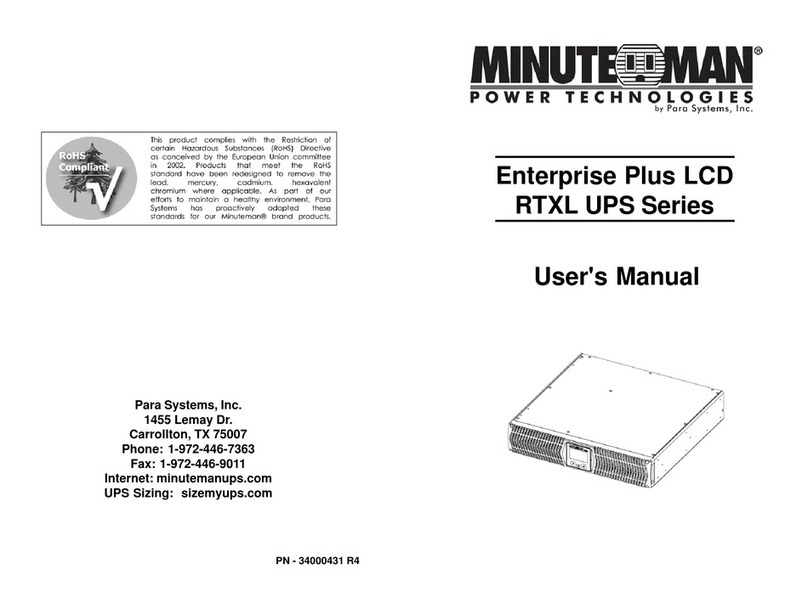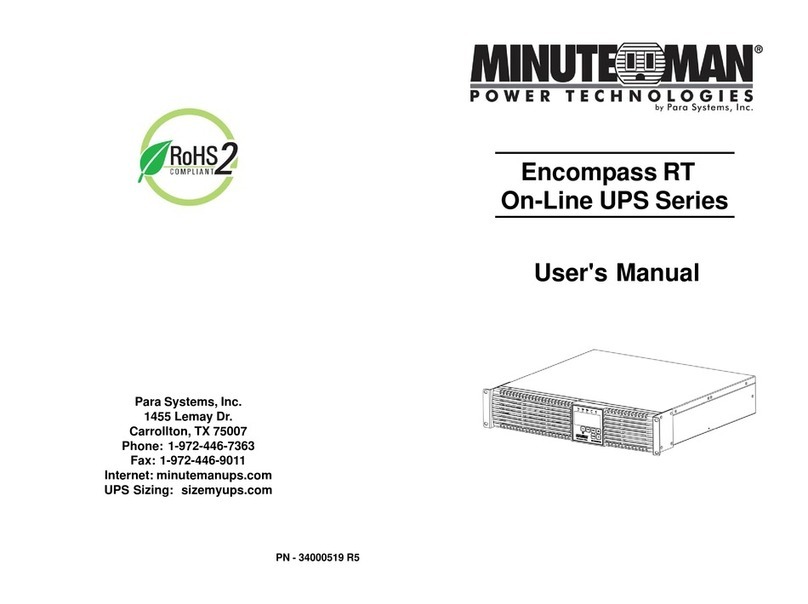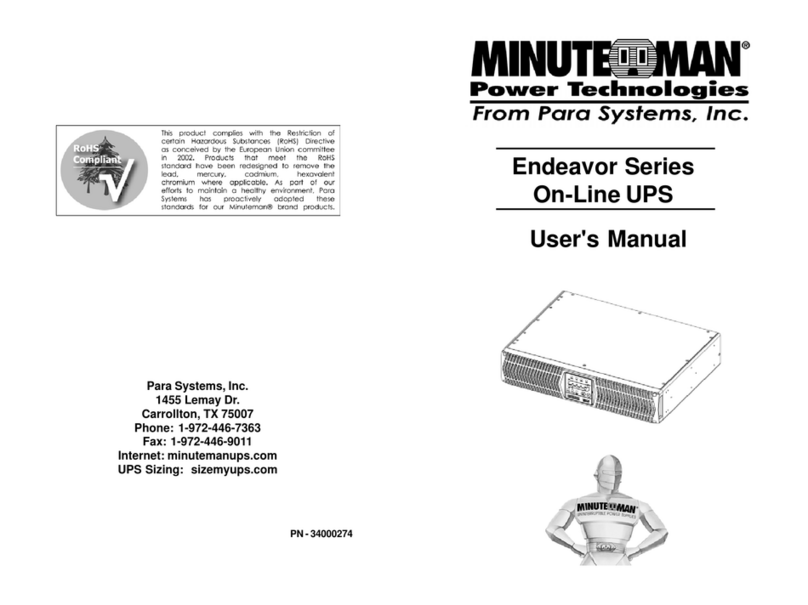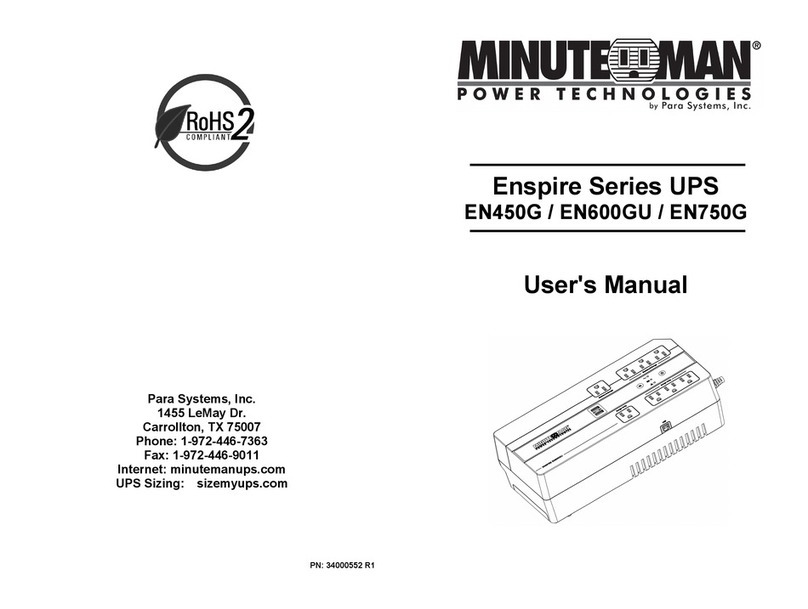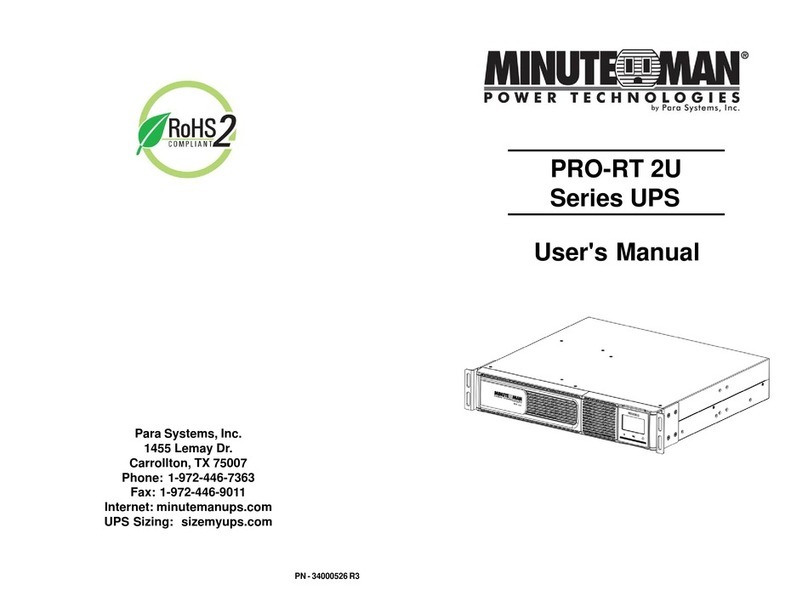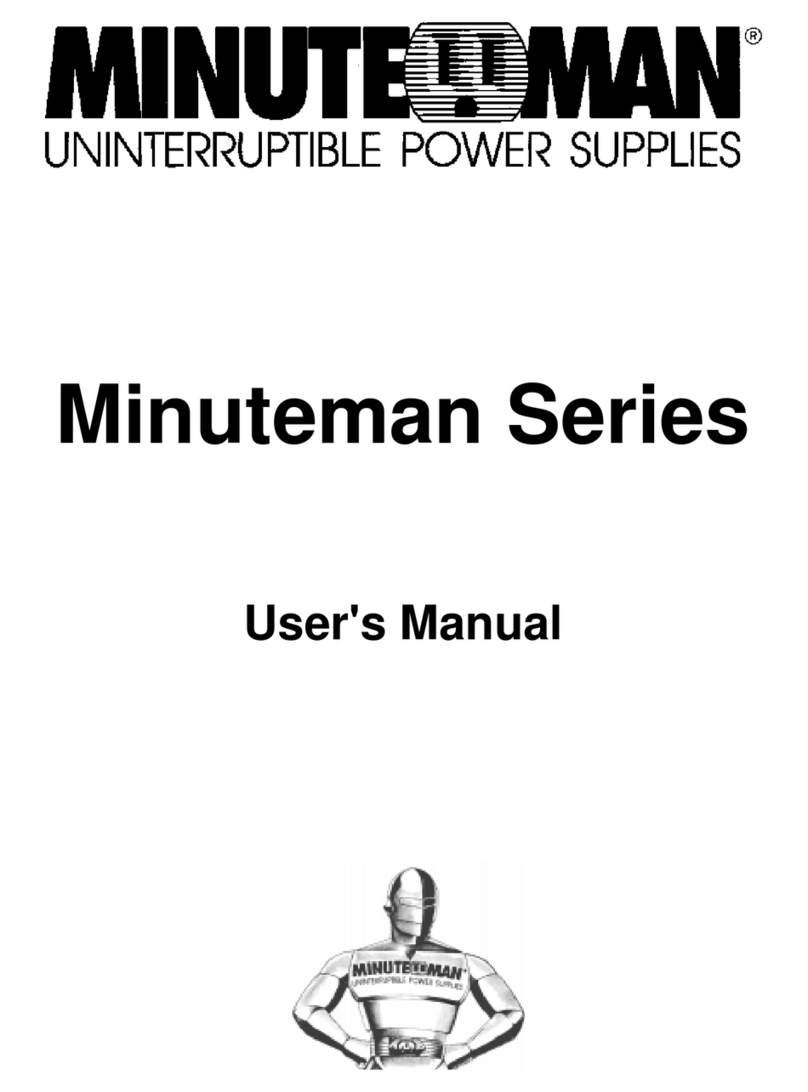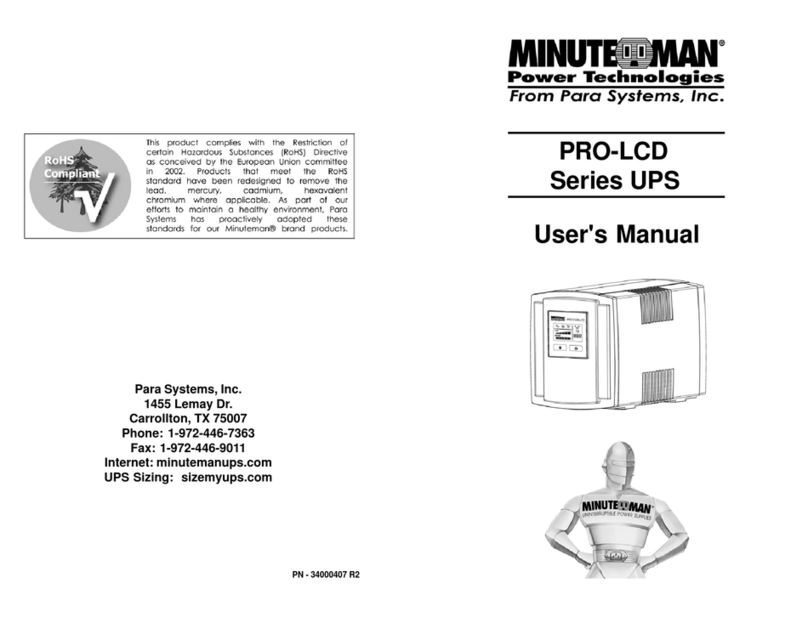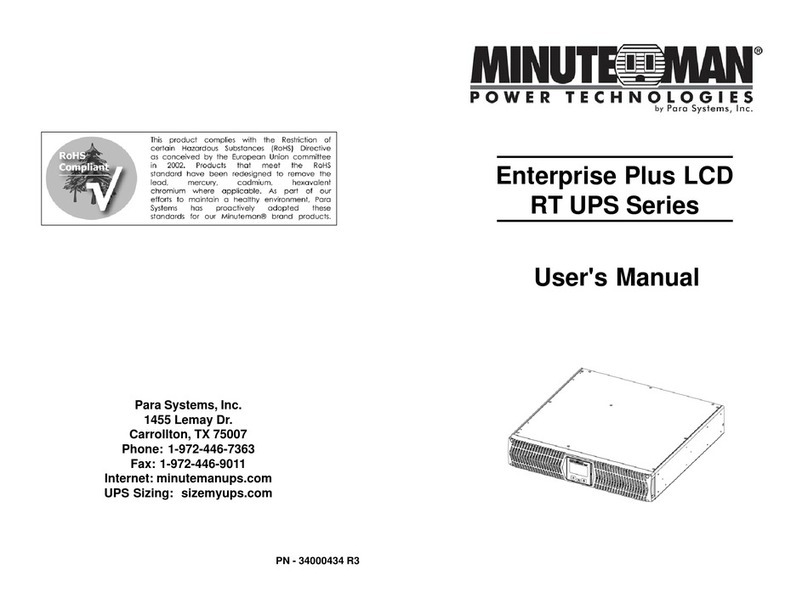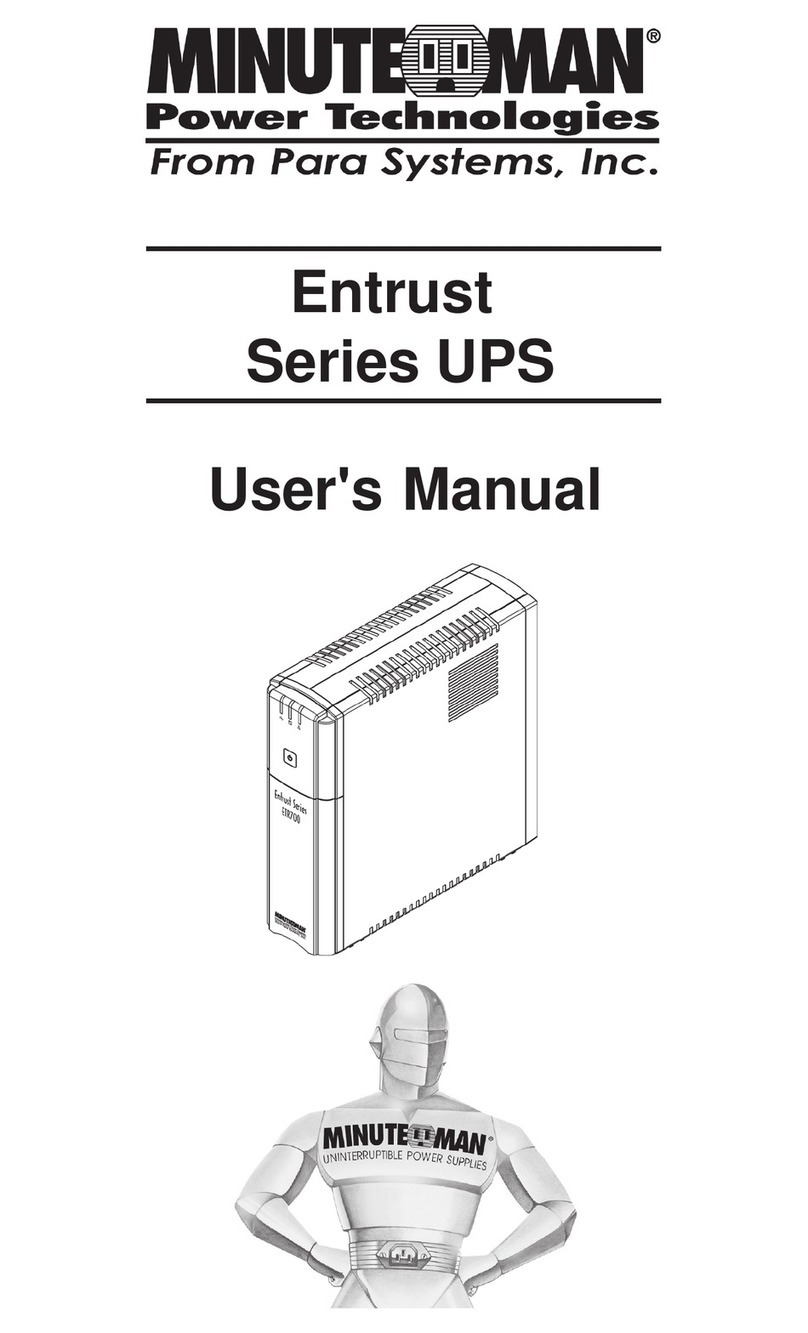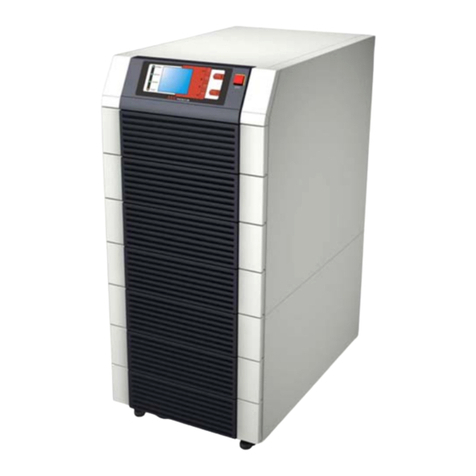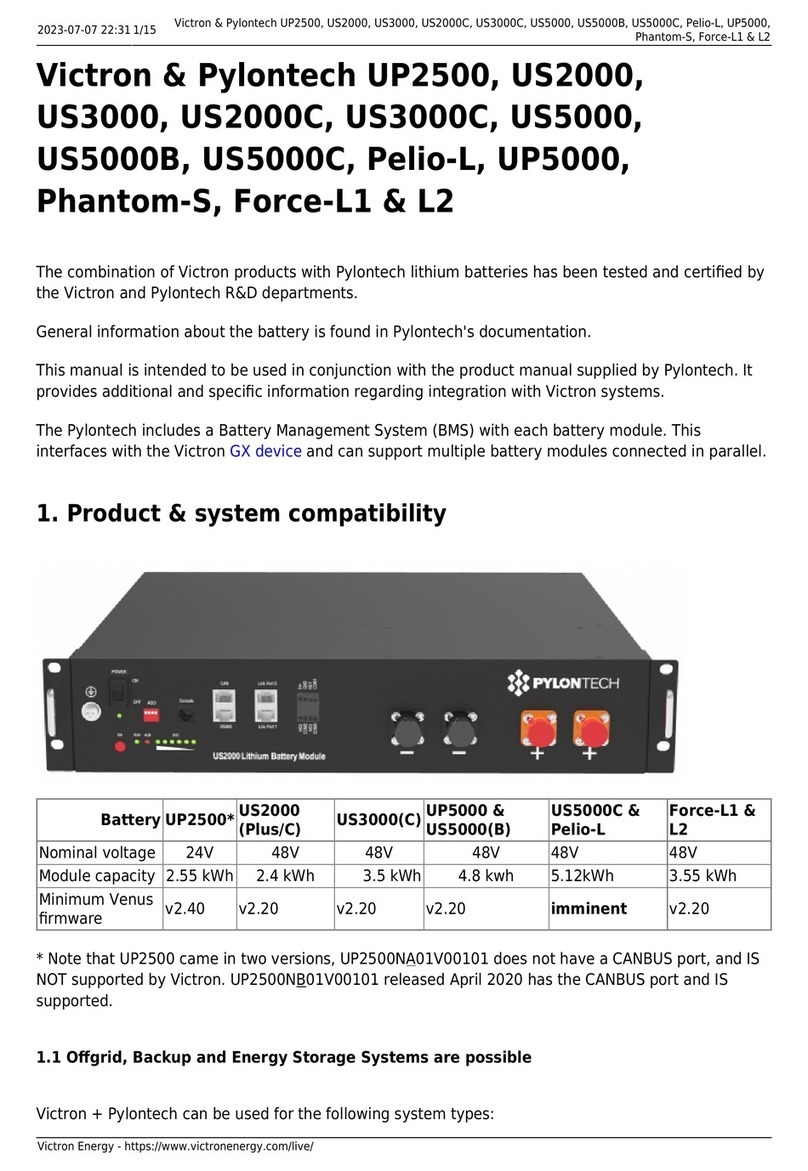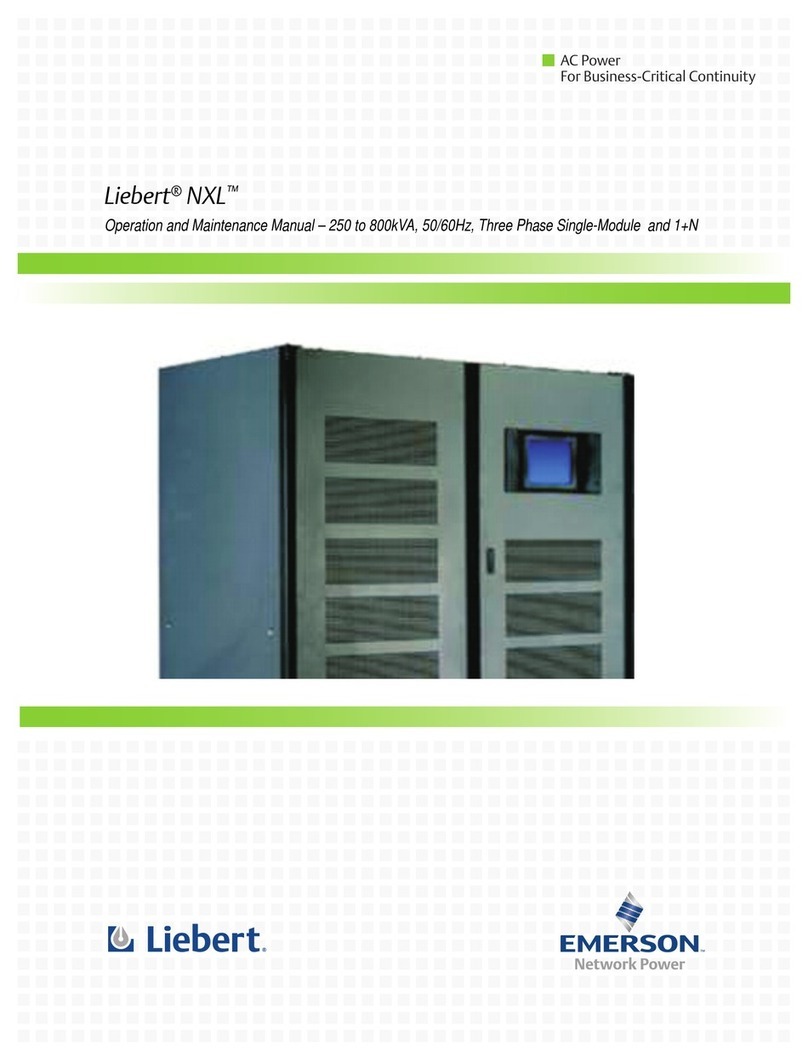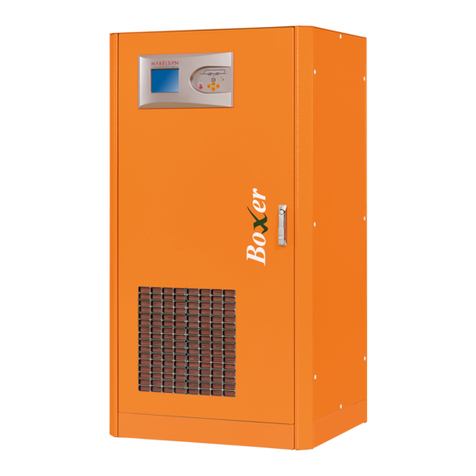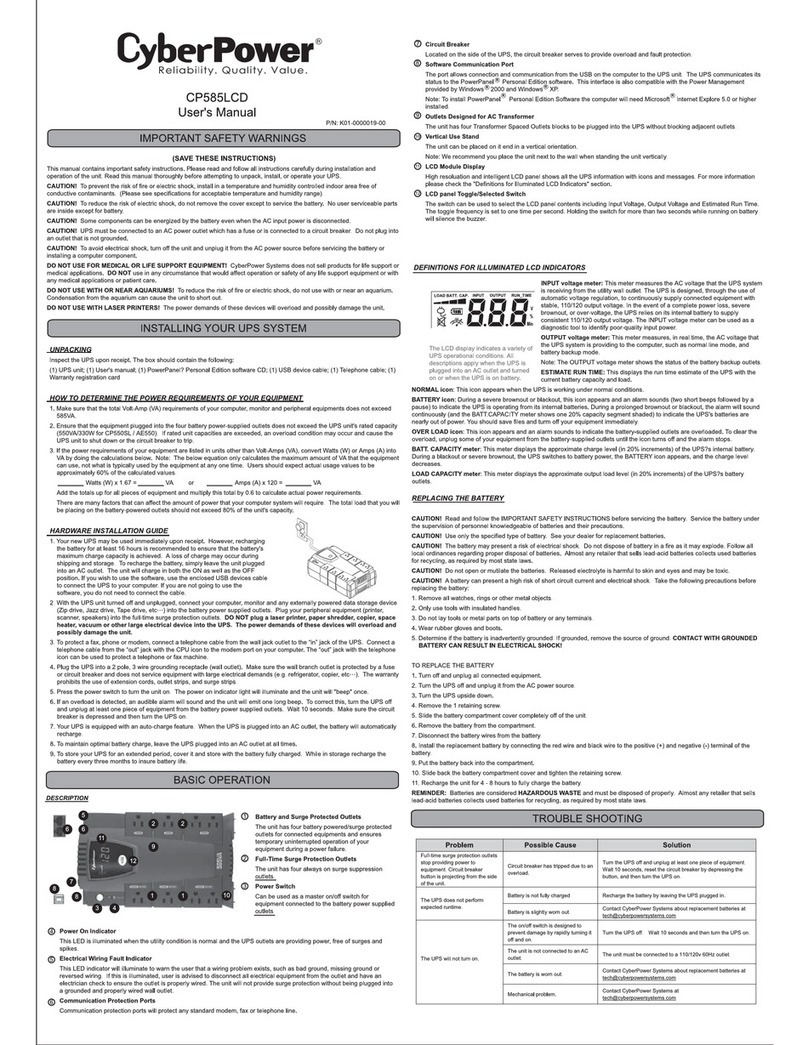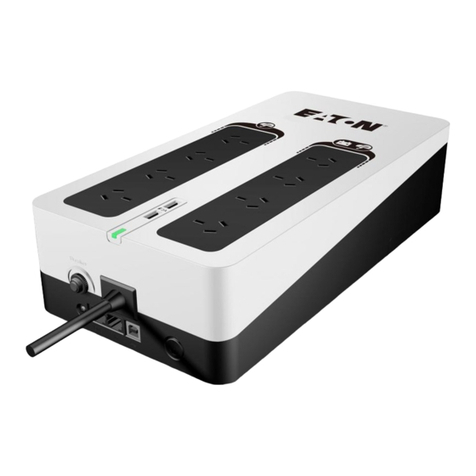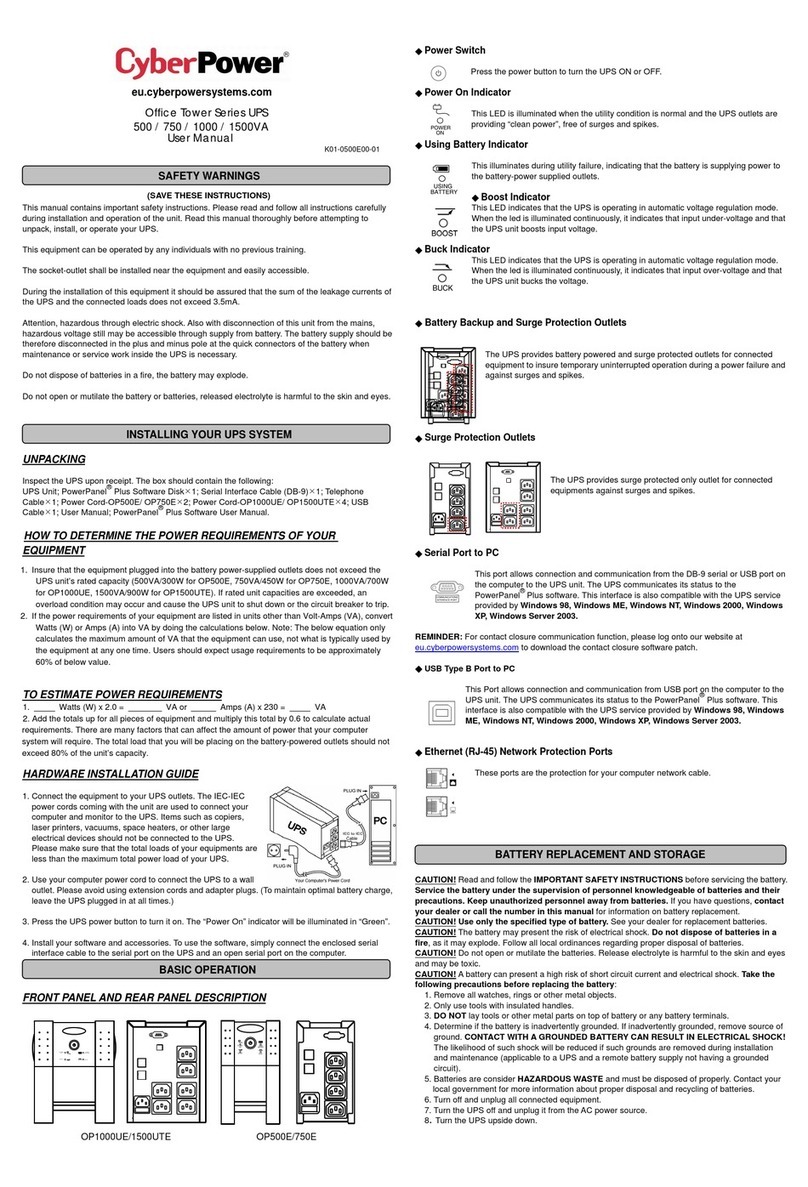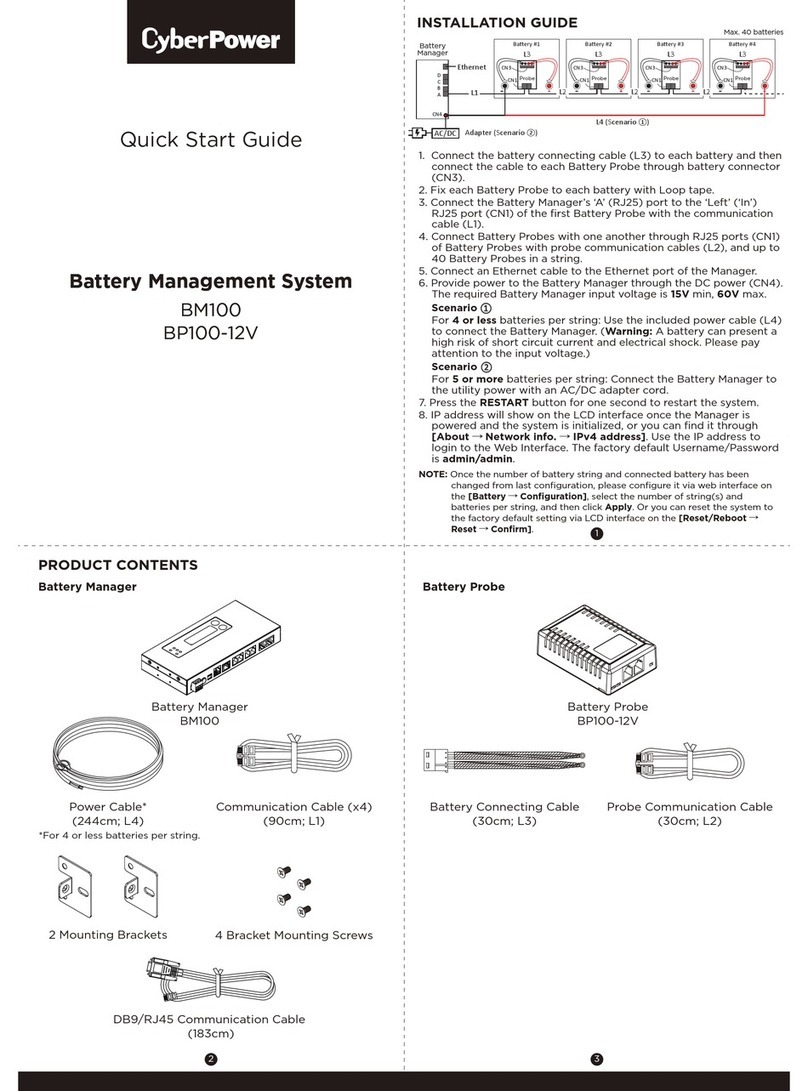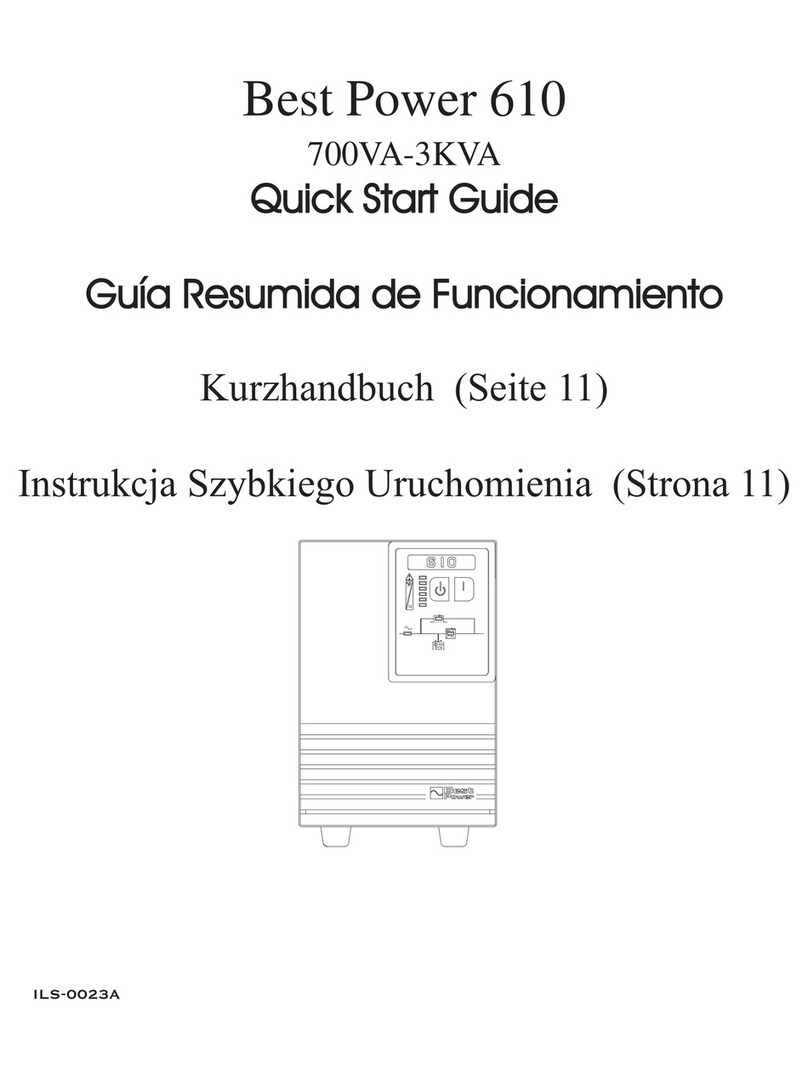
5
4
NOTICE: Thisequipment has been tested and found to comply with the limits
for a ClassAand/or B computing device in accordance with the specifications
in Subpart J of Part 15 of FCC Rules and the ClassAand/or B limits for radio
noiseemissions from digital apparatus set outin the Radio Interference of the
Canadian Department of Communications. These limits are designed to pro-
vide reasonable protection against such interference in a residential installa-
tion. This equipment generates and uses radio frequency and if not installed
and used properly, that is, in strict accordance with the manufacturer's in-
structions, this equipment may cause interference to radio and television re-
ception. If this equipment does cause interference to radio or television re-
ception, which can be determined by turning the equipment off and on, the
user is encouraged to try to correct the interference by one or more of the
followingmeasures:
Re-orientthereceivingantenna.
Relocatethecomputerwithrespect to the receiver.
Movethe computer awayfromthereceiver.
Plugthecomputerintoadifferent outlet so that the computer and receiver
areon different branch circuits.
Shieldedcommunications interface cables must beusedwiththis product.
WARNING: Changes or modifications to this unit not expressly approved
by the party responsible for compliance could void the user's authority to
operatethe equipment.
ON BUTTON: When the UPS is connected to an AC source and
there is an acceptableAC voltage present; Press and then release
theONbutton after the audible alarm beeps twice to turn theUPS
on and power the load.
DC START:Press and then release the ON button after the au-
dible alarm beeps twice. Then within 10-seconds press and then
release the ON button after the audible alarm beeps twice to DC
start the UPS and power the load.
OFF BUTTON: When the UPS is in theAC normal mode; Press
and then release the OFF button after the audible alarm beeps
twice to turn the UPS off. The UPS will continue to charge the
batteries whenever it is plugged into a wall outlet and there is ac-
ceptableACvoltage present.
CAUTION! To de-energize the outputs of the UPS:
1. If the UPS is on press and then release the OFF button after the audible
alarm beeps twice to turn the UPS off.
2. Disconnect the UPS from theAC wall outlet.
3. To de-energize the UPS completely, disconnect the battery.
Life Support Policy
As a general policy, we do not recommend the use of any of our products in
life support applications where failure or malfunction of the product can be
reasonably expected to cause failure of the life support device or to signifi-
cantly affect its safety or effectiveness. We do not recommend the use of any
of our products in direct patient care. We will not knowingly sell our products
for use in such applications unless it receives in writing assurances satisfac-
tory to us that (a) the risks of injury or damage have been minimized, (b) the
customer assumes all such risks, and (c) our liability is adequately protected
under the circumstances.
Receiving Inspection
After removing your UPS from its carton, it should be inspected for damage
that may have occurred in shipping. Immediately notify the carrier and place
of purchase if any damage is found. Warranty claims for damage caused by
the carrier will not be honored. The packing materials that your UPS was
shipped in are carefully designed to minimize any shipping damage. In the
unlikely case that the UPS needs to be returned to the manufacturer, please
use the original packing material. Since the manufacturer is not responsible
for shipping damage incurred when the system is returned, the original pack-
ingmaterial is inexpensive insurance. PLEASE SAVE THE PACKING MATE-
RIALS!
© COPYRIGHT 2017 BY PARASYSTEMS, INC.
All Rights Reserved.All rights of this User's Manual (“Manual”), including but
not limited to the content, information, and figures are solely owned and re-
served by Para Systems, Inc. (“Para Systems”). The Manual can only be
applied to the operation or the use of this product. Any disposition, duplica-
tion, dissemination, reproduction, modification, translation, extraction, or us-
age of this Manual in whole or in part is prohibited without the prior written
permission of Para Systems. Given that Para Systems will continuously im-
prove and develop the product, changes may be made to the information in
thisManual at any time without obligation to notify any person of such revision
or changes. Para Systems will make all possible efforts to secure the accu-
racy and the integrity of this Manual. Para Systems disclaims any kinds or
forms of warranty, guarantee, or undertaking, either expressly or implicitly,
including but not limited to the completeness, faultlessness, accuracy, non-
infringement,merchantability or fitness for a particular purpose of the Manual.

